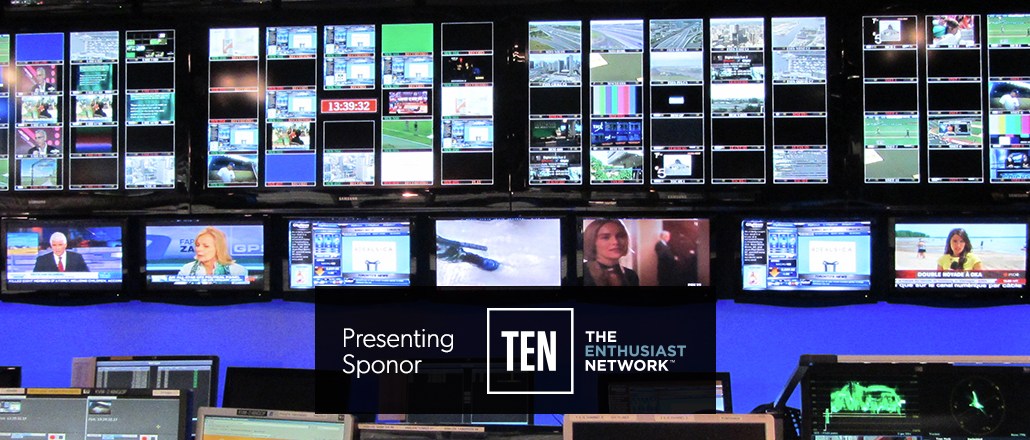5 hurdles facing the spread of programmatic advertising beyond digital

By the end of this year, two-thirds of digital display advertising will be bought programmatically, eMarketer estimates. But will other forms of media adopt the same principles of efficiency-based buying? TV, cinema and out of home are starting to catch up, but there are still a lot of challenges, as buyers and sellers at Advertising Week described.
Chief among them are:
Data headaches
Automation can’t happen without having data in the right format, and buyers and sellers are in the early stages of figuring that out. “Steps that need to take place are getting inventory and scripts and metadata into a digital format,” said Scott Stansfield, president of Centriply, an ad agency that’s focused on targeted TV. “What we’re finding a lot of times is people are combining data sets that weren’t meant for linear television, and you’re getting these Franken-data sets,” added Michael Strober, evp of client strategy and ad innovation at Turner Broadcasting. “They need to understand the perils of not using the right data.”
Keeping the personal touch
The rise of automated selling in digital advertising hasn’t been without angst. Media owners wonder how they’ll continue to differentiate themselves as machines take on a bigger role in the buying and selling process. That’s a tension that sellers in other media have to resolve, too. “There is a role for science and more efficiency, but there’s always a role for the art, including the personal selling,” said John Patilla, CEO of Screenvision, a cinema advertising company. “If everything’s a level playing field, how do you win?”
Buyer beware
Ad buyers used to buying on Nielsen guarantees need to get used to an entirely new and much more complex buying model when they buy based on audience, and not all know what audience attributes to go after, Strober said. “Now, it’s easy because everything’s modeled off household impressions,” he said. “When you start breaking it down into audience, it’s like three-dimensional chess.”
Seller comfort
At the same time, sellers have a ways to go in figuring out whether they should put their limited inventory in an automated market or sell the old fashioned way to maximize their yield. “I have to take into account demands on my own inventory,” Strober said. “We have demand coming in but we need to decide how to allocate it, and that’s really hard.”
Old ways die hard
The cost and efficiency benefits of programmatic buying are leading traditional media to rethink the way they sell, as Time Inc. did when it announced it would sell its print magazines programmatically. But that may require the media to make big operational changes. At Clear Channel Outdoor, CEO Scott Wells admitted his company has a long way to go when it comes to getting sales of its printed media to catch up to the demands of automated buying. “We get signs up in five days,” he said. “We’ve got to do a lot better than that.”
More in Media

Media Briefing: Publishers who bet on events and franchises this year are reaping the rewards
Tentpole events and franchises are helping publishers lock in advertising revenue.

With Firefly Image 3, Adobe aims to integrate more AI tools for various apps
New tools let people make images in seconds, create image backgrounds, replacing parts of an image and use reference images to create with AI.

Publishers revamp their newsletter offerings to engage audiences amid threat of AI and declining referral traffic
Publishers like Axios, Eater, the Guardian, theSkimm and Snopes are either growing or revamping their newsletter offerings to engage audiences as a wave of generative AI advancements increases the need for original content and referral traffic declines push publishers to find alternative ways to reach readers.





